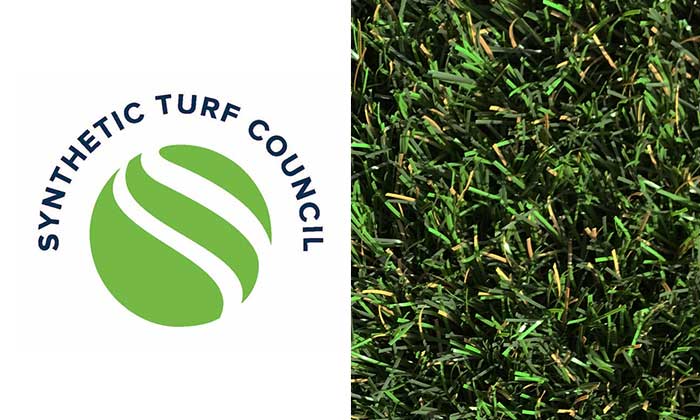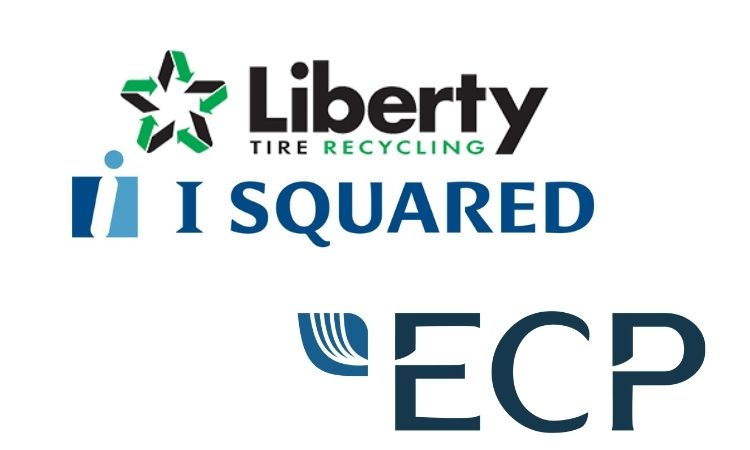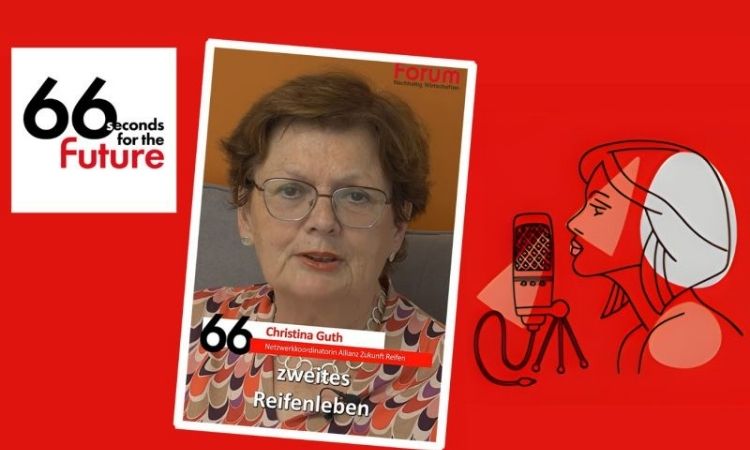BASF supplies Fulgar with new eco-sustainable Q-CYCLE yarn crafted from end-of-life tires
Italian man-made textiles manufacturer Fulgar is promoting its most experimental innovation yet, which aims to establish a cross-industry recycling standard.
The groundbreaking new yarn is the result of a collaboration between Fulgar’s textile expertise with a German chemical company, BASF, which has created a new process called ChemCycling™. During this process tires are broken down into their original components, such as coke, gas, and pyrolysis oil, via pyrolysis.
Fulgar's new nylon 6.6 yarn, called Q-Cycle, is created from end-of-life tires. BASF developed the technology to turn tires destined for the landfill into brand new materials for the apparel industry. Fulgar chose polymer made from recycled raw materials from old tires because they are often burnt, resulting in large CO2 emissions. Every year in Europe, for example, 1.37 million tons of tires go unrecycled.
Q-Cycle polyamide offers the same practical and aesthetic benefits of lightness, strength, and resistance as conventional polyamide, but in a more sustainable form. It can be used to make high-quality fabrics and is as easy to process as other polyamides, so it combines with all fibers.
“There are many recycled nylons 6 on the market, but this innovation represents the first of its kind when it comes to nylon 6.6,” said Fulgar head of marketing Alan Garosi.
The production is done in compliance with EU procedures ISO 14040 and ISO 14044.
Dominik Winter, vice president responsible for the European polyamides business of BASF, said that collaborating with firms like Fulgar is the best way to build a model of a sustainable circular economy that also applies to plastic waste, which could not previously be recycled. As a result of this synergy, a polyamide may be utilized to make high-quality fabrics, lowering the quantity of fossil raw materials consumed and offering individual companies products with a lower carbon footprint.
The Q-Cycle yarn is expected to sell at around 50 per cent more than non-sustainable nylons but still within a price range that is attractive for mass market players.
To learn more about the topic, please proceed to Yarns and Fibers.
Weibold is an international consulting company specializing exclusively in end-of-life tire recycling and pyrolysis. Since 1999, we have helped companies grow and build profitable businesses.









